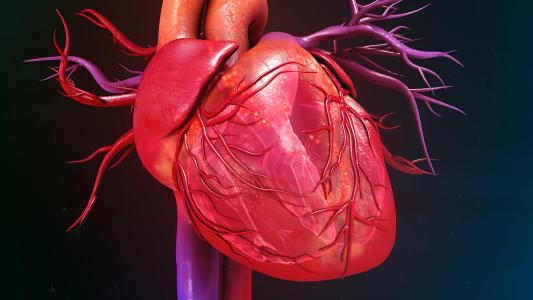Our skin is a self-healing machine.
Get a paper cut, and within seconds, a scab will start to form to minimize blood loss. A few days later, new skin will have grown over the cut — if you didn’t know better, you’d think it never even existed.
If a skin injury is more severe, though, the wound healing process can leave behind visible scars.
Not only can these scars affect a person’s mental health, but scarred skin is more prone to reinjury than unscarred skin. Hair can’t grow from it, which can contribute to self-image issues, and it lacks sebaceous glands, which secrete substances that help protect the skin.
Now, researchers have developed a wound dressing that minimizes scarring by triggering a skin-regenerating immune response — and then quickly disappearing.
New Hydrogel Dressing
The new dressing is made from a type of water-absorbing material called a hydrogel.
People have been covering cuts and burns in hydrogels for decades as they can temporarily relieve pain while providing moisture to an injury, which can promote healing.
You can find basic hydrogel dressings at your local drug store right now, but the new one developed by researchers at Duke University and UCLA takes this approach to wound healing to the next level.
The hydrogel dressing sped up the healing process and resulted in stronger new skin.
The dressing is made from a type of hydrogel the researchers developed in 2015 called a microporous annealed particle (MAP) hydrogel.
Instead of sitting on top of a wound, like most other hydrogel dressings, their MAP hydrogel dressing sits inside the wound, serving as a porous scaffold for newly forming skin cells and then dissolving once the healing process is complete.
Their initial MAP hydrogel dressing reduced scarring and sped up the healing process, but the new skin still lacked hair follicles and sebaceous glands, so the researchers wanted to see if they could improve it.
They chemically changed the hydrogel, and when they tested it on mice, they found that it sped up the healing process and resulted in new skin that was stronger and had both hair follicles and sebaceous glands.
Unexpected Immune Response
The researchers later realized that the changes they’d made to the hydrogel affected the way the immune system responded to it.
Normally, right after an injury, the body’s innate immune system kicks into gear, hunting and destroying any foreign invaders. If any make it past this first attack, the adaptive immune system steps up, sending antibodies and other specialized cells to clear them out.
I’m excited about possibly designing materials that directly interact with the immune system.
Tatiana Segura
The researchers initial hydrogel dressing triggered a mild innate immune response, which is what eventually caused the hydrogel to dissolve.
The new hydrogel dressing, however, kicked the adaptive immune system into gear. That immune response caused the dressing to break down more quickly, but it also improved the regeneration of the damaged skin.
“This study shows us that activating the immune system can be used to tilt the balance of wound healing from tissue destruction and scar formation to tissue repair and skin regeneration,” Duke researcher Tatiana Segura said in a press release.
Better Wound Healing
The researchers believe their new hydrogel dressing could help heal cuts, burns, and diabetic ulcers, minimizing scarring and its unwanted side effects.
They’re also looking for other ways to take advantage of the hydrogel’s ability to trigger an adaptive immune response, perhaps for use in future vaccines.
“I am excited about the possibility of designing materials that can directly interact with the immune system to support tissue regeneration” Segura said. “This is a new approach for us.”
We’d love to hear from you! If you have a comment about this article or if you have a tip for a future Freethink story, please email us at tips@freethink.com.






